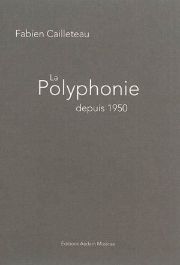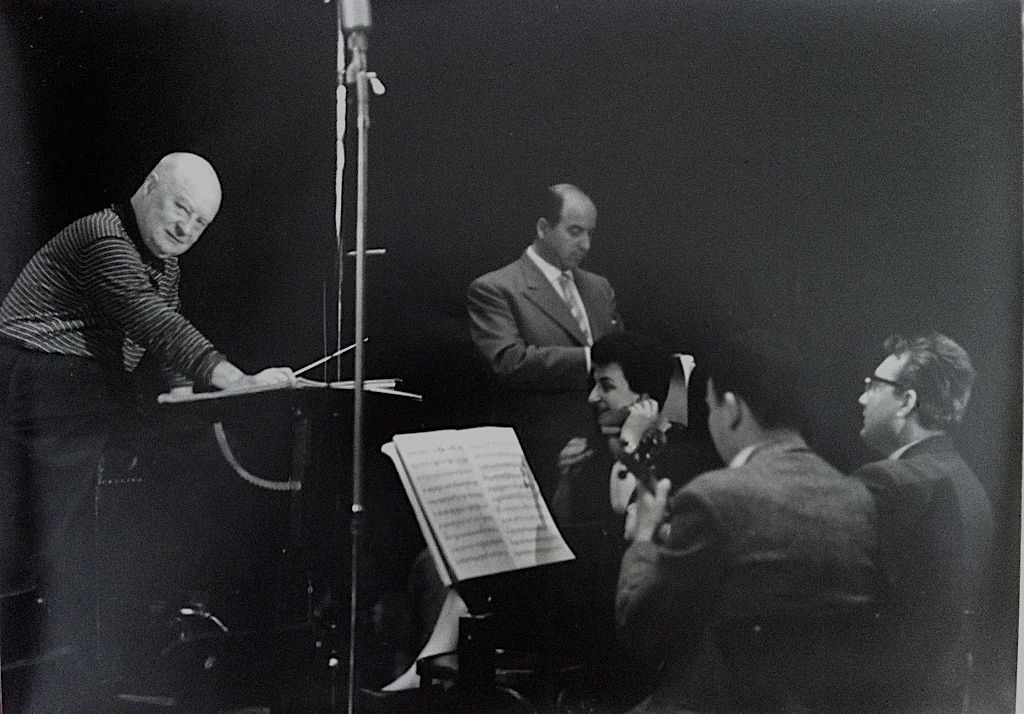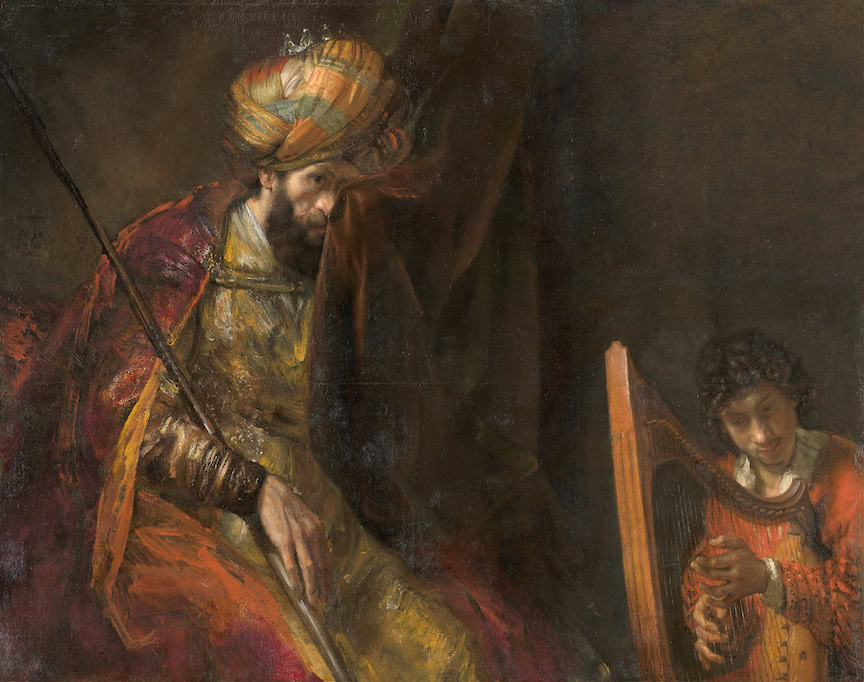Social context - polyphonies
Two books have just been published by Editions Aedam Musicae: the first describes the dispositions and conditions (learning, social context) necessary for writing art music; the second studies polyphony in the second half of the 20th century.
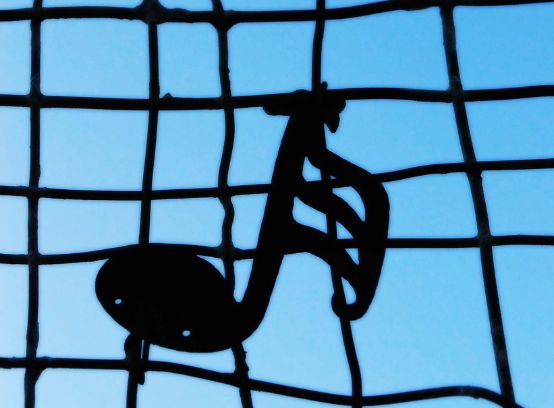
Laurent Denave's book examines the socio-historical conditions that enable composers to produce exceptional works, from their apprenticeship, the acquisition of mastery of their art and particular psychological dispositions, to the specific soil that allows them to produce remarkable masterpieces. First, he questions the objectivity of the importance conferred by musicologists on this or that composer, and rehabilitates the notion of a work's intrinsic value, so often abandoned in sociological studies of art in favor of its social function. In this context, he also stresses the importance of distinguishing between the properties of scholarly music on the one hand, and those of popular production on the other.
Every individual is the product of a dialectic between his own dispositions and the stimuli he receives. To date, however, psychologists have been unable to demonstrate the existence of an innate talent. Rather, the emergence of musical talent depends on the family context and on the precocity and intensity of instrumental practice. Thus, the ability to play an instrument or to compose is potentially attainable by all, but only if one has had the good fortune to be exposed to classical music. The author looks not only at the dominant/dominated relationships between states and between social classes, but also at the question of women's difficult access, until recently, to conditions conducive to musical creation, in particular training equivalent to men's, due to male social domination and the role devolved to them.
What are the skills needed to produce original music? A willingness to be critical (and self-critical) and independent of the dominant musical order (whether conservative or not), a freedom of thought and a refusal to submit to indoctrination, but also spontaneity and great curiosity. In this way, the composer can question the alleged legitimacy of the rules being imposed on him. On the other hand, the critical disposition is likely to disappear when the composer is recognized or integrated into the dominant musical institutions.
On the subject of the influence of historical context on musical content, the author prefers to err on the side of caution, avoiding hazardous assumptions and vague analogies. Finally, in his conclusion, Laurent Denave underlines the threat of the intrusion of commercial logic into Art, as well as the danger of a monopolization of classical music by the wealthy class, even as inequality increases.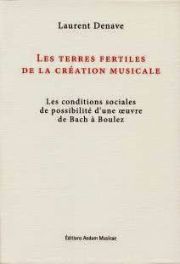
The second book, by Fabien Cailleteau, tackles the question of polyphony through a dozen works written between 1951 and 2002. It reveals a plurality of languages and approaches: cross-structures of Polyphony X by Boulez (a work withdrawn from his catalog); the apparent but perfectly coherent and meticulously arranged jumble of the Preaching to the birds from Saint Francis of Assisi by Messiaen; spatial polyphony making the perception of strata more intelligible in Square by Stockhausen; micropolyphony leading to a space without pulsation, which seems static because movements are so imperceptible, in Atmospheres by Ligeti; vertiginous spectral polyphony that plays on perception and the relationship to time in Vortex Temporum by Grisey; a probabilistic mass leading to a global sound sculpture in Pleiades of Xenakis; polyharmony and polymusic, where the search for plurality is no longer situated in succession (as is the case with sonata form) but in simultaneity, in Palimpsest by Benjamin; polyphony by phase shift in Piano phase heterophony of the syncretic but coherent collage of heterogeneous quotations in Reich's Sinfonia of Berio; multiplication of sensory perceptions and - as with Berio - superimposition of elements from different periods of music history in Die Soldaten Zimmermann's polyrhythm of instruments, like characters living both independently and in interaction, in the Quartet with oboe Ligeti's piano concerto - after the historical syncretism mentioned above, Ligeti opens the way to a cultural syncretism, here inspired by the extraordinary, complex polyrhythms of the Banda people (living mainly in Central Africa).
The author also describes the context of these works, the research and questioning of their creator, the links between the works presented, and the question of design and perception. Several appendices complete the book, including analytical tools and a hypertext index.
Laurent Denave, Les terres fertiles de la création musicale, 160 p., € 17.00, Éditions Aedam musicae, Château-Gontier 2015, ISBN 978-2-919046-28-7
Fabien Cailleteau, La polyphonie depuis 1950, 152 p., € 17.00, Éditions Aedam musicae, Château-Gontier 2014, ISBN 978-2-919046-16-4






